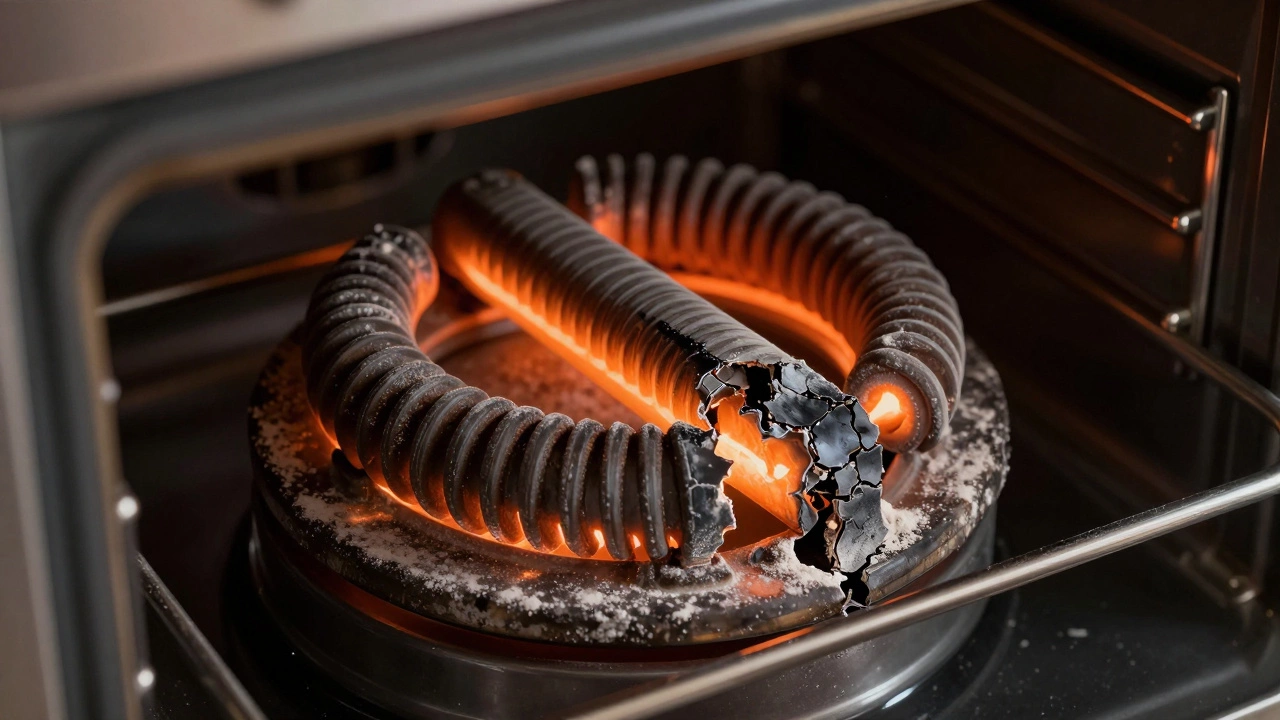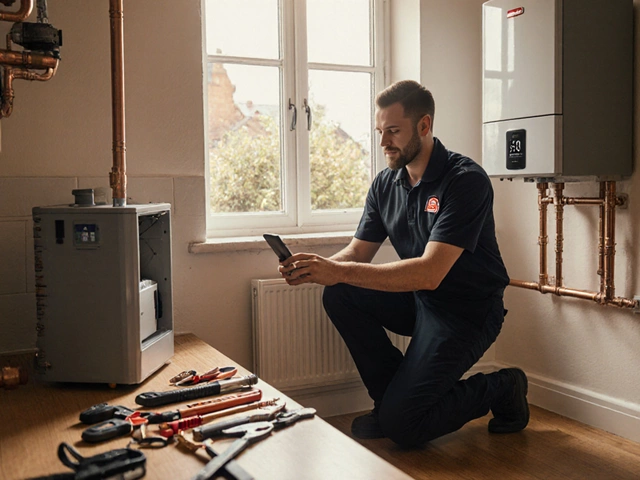If your oven takes forever to heat up or never gets hot enough, the heating element is probably the culprit. A bad element not only ruins dinner plans but can also raise your electricity bill. The good news? Swapping the part is a job most DIY‑savvy homeowners can handle in under an hour, and knowing the basics helps you decide when to call a professional.
Before you open the door, look for these red flags:
Spotting one or more of these clues means it’s time to pull the element out and either test it with a multimeter or replace it outright.
Here’s a quick, no‑nonsense guide that gets you from a cold oven to a hot one in about 45 minutes.
If the oven still won’t heat, the issue may be a faulty thermostat, a broken wiring harness, or a deeper electrical fault. In those cases, calling a qualified repair service like Bognor Regis Appliance Repair Experts is the safest move.
Replacing an oven element usually costs between £30 and £80 for the part, plus a modest labour fee if you hire someone. Doing it yourself saves the labour cost and gives you the satisfaction of fixing the problem yourself.
Remember, the key to a long‑lasting oven is regular maintenance. Keep the interior clean, avoid spilling sugary liquids that can scorch the element, and give the oven a quick visual check every few months. A well‑maintained oven will keep its element healthy for years.
Got more oven questions? Our team in Bognor Regis is ready to help with fast, reliable service. Whether you need a second opinion, a professional replacement, or a quick safety check, we’ve got you covered.

Learn how to tell if your oven element is blown by checking for visible damage, testing with a multimeter, and observing oven behavior. Most oven heating issues are simple fixes.

Find out how to tell if your oven’s heating element or thermostat is busted with simple tests, warning signs, and expert tips you can trust.

Wondering if your 20-year-old oven can be repaired? Discover repair tips, replacement part insights, costs, and when it makes sense to swap your old oven for a new one.

Choosing a cooker that stands the test of time can be daunting amid a sea of brands promising longevity. This article delves into which brands have stood out for their durability and reliability. By exploring user experiences and industry insights, it aims to guide you in the right direction. Discover how some brands maintain their reputation for endurance and what to consider when selecting your next appliance.

Cookers are an essential part of any kitchen, and knowing their average lifespan can help in planning for replacements and repairs. On average, cookers last between 10 to 15 years depending on several factors like usage, maintenance, and brand quality. Regular maintenance and timely repairs can extend the life of your cooker significantly. Understanding the warning signs of wear and tear and knowing when to repair or replace can save both time and money. This article will dive into expert tips to maximize the life of your cooker.

Navigating the decision between repairing or replacing a 10-year-old stove can be challenging. This article explores various factors including repair costs, the longevity of appliances, and energy efficiency to help homeowners make an informed decision. Additionally, it provides tips and insights on evaluating stove performance and when professional help is warranted. Readers will gain a comprehensive understanding of the practical steps they can take if they find themselves in a similar situation.

Replacing a boiler in 2025 costs between £2,000 and £4,500 on average. Learn what affects the price, when to replace vs repair, and how to save with government grants. Make an informed decision for your home.